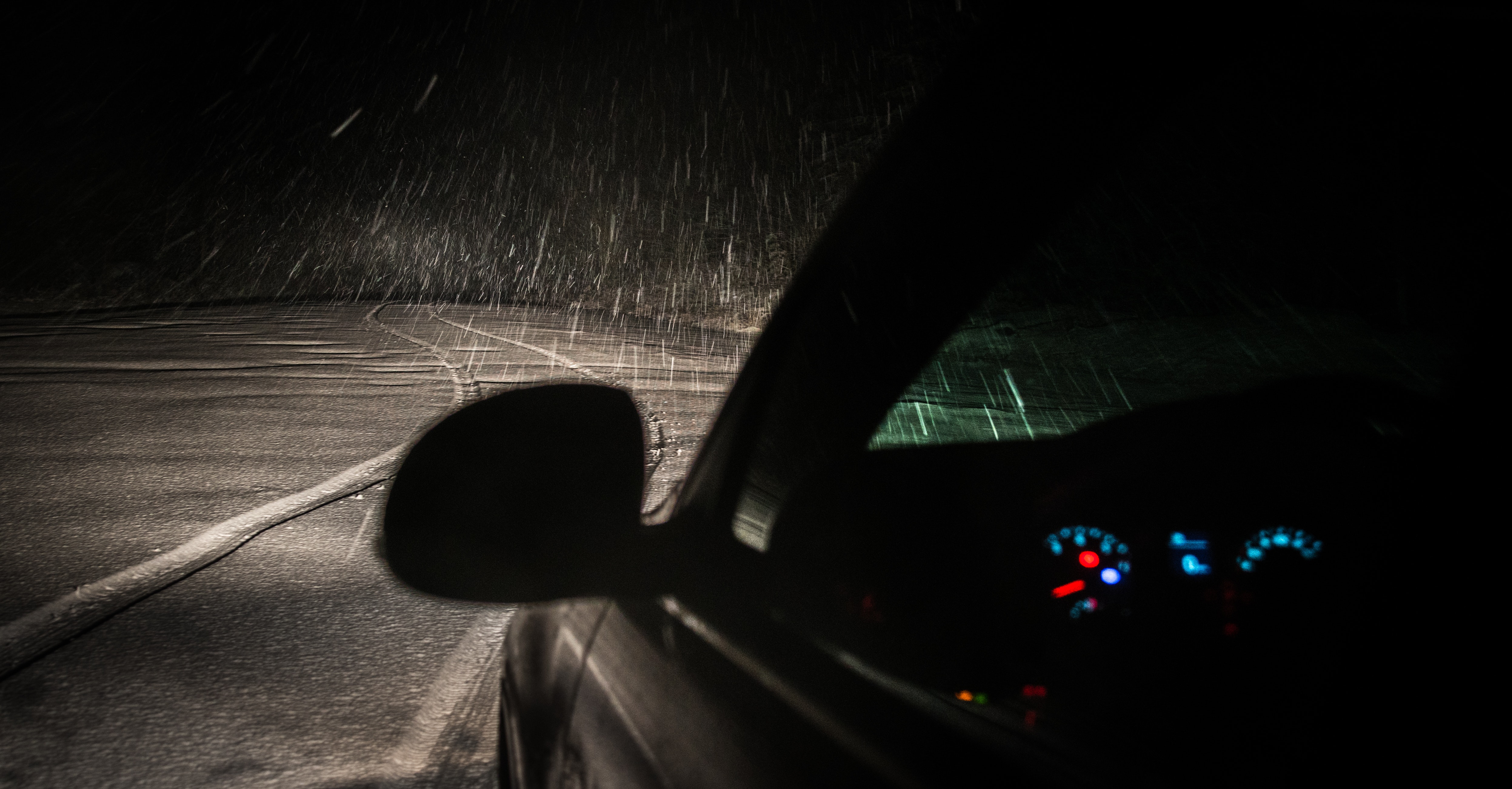Driving at night can be one of the toughest things to do and facts have proven it to be true.

Driving at night can be one of the toughest things to do and facts have proven it to be true. Fatal accidents are three times as likely to happen at night as opposed to driving in the day. The reasoning is quite simple, it is harder to see the entirety of the road at night and bright lights can cause distractions. Here are ten tips to conquer driving at night.
Be Defensive
Drinking and driving are a real problem at night and alcohol impairs a drivers ability to react on the road. It is a good idea to be more of a defensive driver at night to avoid impaired drivers on the road.
Combat Fatigue
Drowsy driver crashes are most likely to happen between midnight and 6am. Be aware when you are on the road during these hours and always scan the road for potential sleepy drivers. If you need to, pull over to refresh, grab a coffee, or take a quick nap.
Clean Your View
Dirty or cracked windshields can scatter lights and cause blinding glares. Make sure you keep your windshield clean or replace/fix any cracked windshields to avoid light glares.
Avoid Two-Lane Highways (if possible)
Playing on the light glares, driving on two lane highways can be troublesome due to oncoming traffic’s headlights blaring into your cabin. Two lane highways also tend to have more sharp curves and blind corners, so avoid if possible.
Slow Down
Speeding has caused about 37% of all nighttime driving fatalities, while in the daytime is just 21%. Low visibility causes shorter reaction times that can lead to greater mistakes. Adjust your speed to take conditions into consideration and make it to your destination.
Angle Your Headlights Correctly
If your headlights are angled too low, you lose the illumination on the road. On the other hand, if your headlights are too high, you can blind oncoming drivers. Some car manuals have simple instructions that a person can do in their driveways, if not take your vehicle to your dealership to get them adjusted.
Use High Beams When Appropriate
High beams are underutilized in order to be courteous to other drivers, but driving in rural or low lit environments call for them. Just make sure you dim them for oncoming traffic.
Watch for Wildlife
Collisions with deer or other wildlife generally happen between October and January due to migration patterns. Your high beams can help spot crossing animals and save everyone.
Test and Use Your Lights
When you are checking your vehicle, always double check your lights (low/high beams, turn signals, etc.). Lights are not only good for driving at night, they can also be helpful when driving in adverse conditions.
Tweak Your Interior Lighting
Looking at an extremely bright dashboard and then back to the dark road can cause your eyes to adjust which takes time. Dim your interior lights when driving at night to avoid the adjustment period on the road.